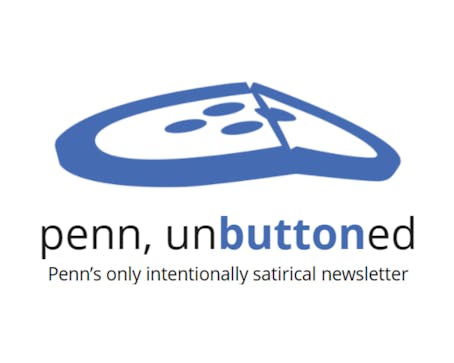
Penn Yiddish professor Kathryn Hellerstein discussed the role of translation in Yiddish women’s poetry and its influence on literary history at an event hosted by Kelly Writers House on Feb. 19.
Hellerstein, who is also the former director of the Jewish Studies Program at Penn, has authored multiple translations, including “A Question of Tradition: Women Poets in Yiddish, 1586-1987.” At the event, which was moderated by Kelly Writers House Faculty Director Al Filreis, Hellerstein highlighted the importance of translation work.
“I think translation is essential, absolutely essential,” Hellerstein told The Daily Pennsylvanian. “It’s very important for underrepresented voices to be transcendent.”
The discussion addressed the perception of Yiddish women’s poetry within broader literary traditions.
“There are so many different voices among these women, from so many different places, and over so many different time periods, that I think their presence can enrich and complicate what people know about poetry,” Hellerstein said, emphasizing the poetry’s involvement with modernist aesthetics and literary movements beyond traditional immigrant narratives.
The event discussed the work of several poets, including sonnets from Fradl Shtok, such as the poem, “How Are You Evil?” which reinterprets the biblical story of Salome and John the Baptist.
“Shtok has been credited, but wrongly, with writing the first sonnet sequence in Yiddish,” Hellerstein said. “But what’s remarkable is that her work actively places Yiddish literature within the larger context of world literature.”
Hellerstein also described her current project to recover the work of overlooked poets for her upcoming collection. She credited her mentor, Malka Heifetz Tussman, for introducing her to many of these writers.
Filreis emphasized the necessity of discussions like the one at the event.
“Modern people think of Yiddish poetry as antique, archaic, old-fashioned because it’s associated with the old-world culture and with immigration,” he said. “So they think of the styles and themes as pre-modern. In fact, [Hellerstein] has shown that there are modernist poets, experimental Yiddish poetry, [and] that Yiddish poetry is very much in line with all other kinds of poetry.”
Attendees also found the discussion enlightening.
“I actually didn’t have a lot of background knowledge about women in Yiddish poetry before attending the talk. So this really opened my eyes to it altogether,” one attendee said.
College first year Izzy Caplin, who attended the event, said that the event “opened [her] eyes” to a topic she “didn’t have a lot of background knowledge about” before.
Another aspect of the discussion focused on how translation impacts the accessibility of literature. Hellerstein explained that without translation, many of these poets would remain unknown to broader audiences — especially female authors.
“The main narrative of Yiddish literary history has emphasized men. Female writers and women have been sort of the minor key or the exception,” Hellerstein said.
The event also provided insight into the future of Yiddish literary studies. With ongoing efforts to digitize Yiddish texts and make them accessible online, scholars are finding new ways to engage with these works. Hellerstein emphasized the importance of continuing to build academic and community-driven initiatives to ensure the survival of Yiddish poetry, highlighting that keeping Yiddish literature alive is a “collective responsibility.”
The Daily Pennsylvanian is an independent, student-run newspaper. Please consider making a donation to support the coverage that shapes the University. Your generosity ensures a future of strong journalism at Penn.
Donate






